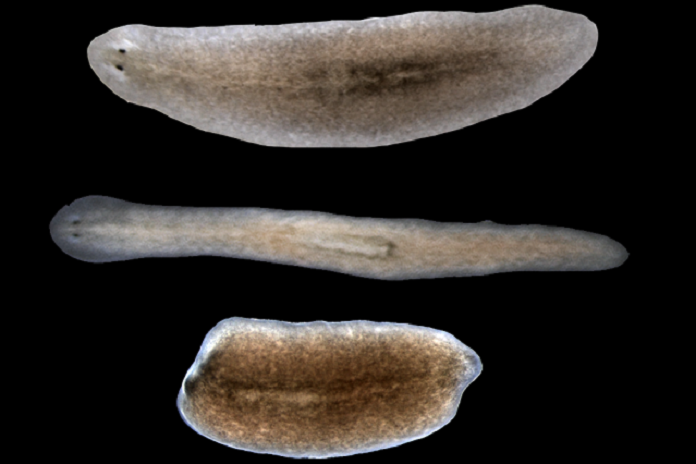Scientists at the Whitehead Institute have determined every type of muscles that mimics in the tissue regeneration process.
In their new study, they found that a subtype of muscle fibers in flatworms is required for triggering the activity of genes that initiate the regeneration program. If these muscles are absent, the process more likely to fail. In addition, another type of muscle is also required for giving tissues a proper pattern.
Senior author Peter Reddien, a member of Whitehead Institute said, “One of the central mysteries in organ and tissue regeneration process is: How do animals initiate all of the cellular and molecular steps that lead to regeneration?”
“We’ve helped answer this question by revealing a surprising molecular program that operates within a subgroup of muscle cells that helps establish the molecular information required for proper tissue regeneration after injury.”
For more than decades, scientists studied the biological mechanisms that underlie regeneration in a tiny flatworm called planarians. These worms possess some impressive regenerative capabilities. When sliced in two, each piece of the worm can regrow the body parts needed to form two complete organisms.
Previously, scientists have identified an arrangement of always-on-genes, known as position control genes (PCGs), that furnish cells with area particular directions. As like as an arrangement of GPS facilitates, they tell cells where they are in the body, and along these lines what body part to recover.
Reddien muscle participates in this process.”
In planarians, there are a modest bunch of muscle cell sorts. For instance, on the off chance that you envision the worms as basic round and hollow tubes, there are longitudinal muscle filaments, which run make a beeline for tail along the tubes’ long hub. There are likewise roundabout strands, which are opposite to the longitudinal filaments and embrace the tubes’ external circuit.
To analyze the role these different muscles in regeneration, scientists used a method to selectively remove them. Whenever myoD, a gene found particularly in the longitudinal strands, is restrained, those filaments neglect to shape.
Similarly, the nkx1-1 gene marks the circular fibers, and when its function is reduced, they do not develop. Using the genes, scientists were able to test the effects of ablating these distinct muscle groups on regeneration.
But when these genes were removed, the results were dramatic. Means, when the worms get injured, they cannot regenerate the missing parts.
Scimone, a scientist in Reddien’s lab said, “This is an amazing result; it tells us that these longitudinal fibers are essential for orchestrating the regeneration program from the very beginning.”
When scientists move further for more detailed information, they found that the functions of two critical genes are disrupted when longitudinal fibers are missing. These genes, called notum and follistatin, are known for their fundamental roles in regeneration, controlling head-versus-tail decisions and sustained cell proliferation, respectively, following tissue injury.
These outcomes underscore a vital and already overlooked part of the muscle, generally known for its contractile properties, in training the tissue recovery program. The Whitehead analysts will keep on probing the part of various muscle cell sorts in planarian recovery and furthermore investigate whether different creatures with regenerative capacities have a comparable muscle-confined program for giving positional data.
Reddien said, “It’s hard to understand what limits humans’ abilities to regenerate and repair wounds without first knowing what mechanisms are enabling some animals, like planarians, to do it so amazingly well.”
